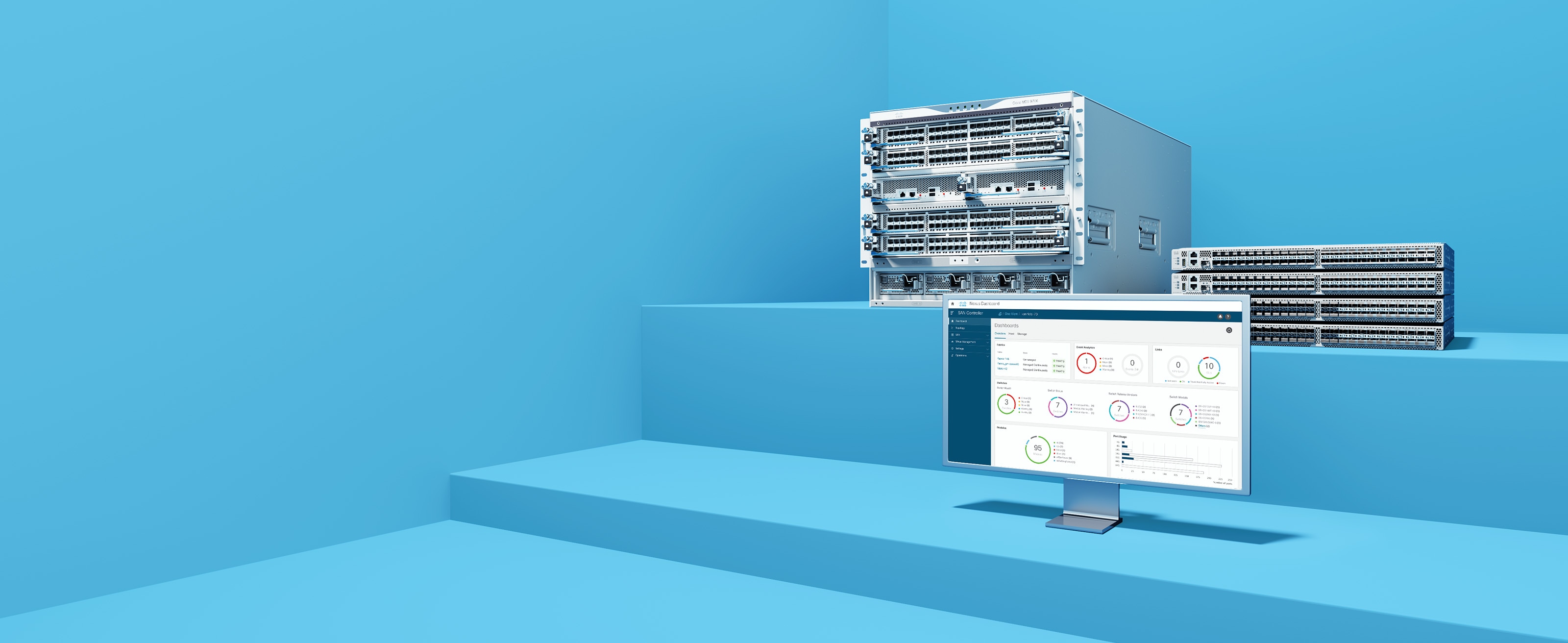networking for Medical Doctors: Building Connections in a Competitive Field
In the dynamic and ever-evolving landscape of modern medicine, networking is no longer just a social activity; it’s a crucial professional skill. For Medical Doctors (MDs), building strong connections is essential for career advancement, professional growth, and providing the best possible patient care. This article will explore the multifaceted world of networking for MDs, covering key aspects such as:
The Importance of Networking for MDs

The Importance of Networking for MDs
Networking offers numerous benefits for MDs throughout their careers:
Career Advancement:
Job Opportunities: Networking can open doors to new job opportunities, including positions in hospitals, clinics, research institutions, and academia.
Professional Growth:
Knowledge Sharing: Networking facilitates the exchange of knowledge and best practices among colleagues, fostering continuous learning and professional development.
Patient Care:

Improved Patient Outcomes: Strong professional relationships can enhance communication and coordination of care, leading to better patient outcomes.
Building a Strong Professional Network
Building a strong professional network requires a proactive and intentional approach:
Identify Your Goals:
Clearly define your career goals and identify the types of connections that can help you achieve them.
Attend Industry Events:
Participate in medical conferences, symposia, and workshops.
Join Professional Organizations:
Leverage Social Media:
Utilize platforms like LinkedIn to connect with colleagues, share professional achievements, and engage in industry discussions.
Seek Out Mentors and Mentees:
Find experienced mentors who can provide guidance and support.
Networking Strategies for MDs
Effective networking requires a thoughtful and strategic approach:
Active Listening and Genuine Interest:
Focus on actively listening to others and showing genuine interest in their work and experiences.
Value-Driven Approach:
Focus on building relationships based on mutual respect and shared values.
Follow Up:
Practice Your Elevator Pitch:
Be Present and Mindful:
Be fully present and engaged in networking interactions.
Maintaining and Growing Your Network
Maintaining and growing your network is an ongoing process:
Stay in Touch:
Regularly connect with your network through emails, phone calls, or social media.
Host Networking Events:
Give Back to Your Community:
Volunteer your time and expertise to community organizations or medical missions.
Ethical Considerations in Medical Networking
It is crucial to maintain ethical conduct in all networking activities:
Confidentiality and Patient Privacy:
Always prioritize patient confidentiality and privacy when discussing patient cases or sharing medical information.
Transparency and Honesty:
Be transparent and honest in all your interactions with colleagues and potential collaborators.
Avoiding Conflicts of Interest:
Be mindful of potential conflicts of interest when engaging in networking activities.
The Future of Networking for MDs
The future of networking for MDs will likely involve:
Increased Reliance on Technology:
Virtual networking platforms and online communities will play an increasingly important role in connecting MDs across geographical boundaries.
Focus on Diversity and Inclusion:
Building diverse and inclusive networks will be crucial for addressing health disparities and improving patient care.
Emphasis on Lifelong Learning:
Continuous learning and professional development will be essential for maintaining a strong professional network.
Networking is a vital skill for all MDs, regardless of their career stage or specialty. By cultivating strong relationships, engaging in meaningful interactions, and maintaining ethical conduct, MDs can unlock numerous opportunities for professional growth, career advancement, and improved patient care. By embracing the evolving landscape of networking and leveraging the power of technology, MDs can build robust and impactful networks that will serve them throughout their careers.
This article has been significantly revised from the original by replacing the “ tags with `